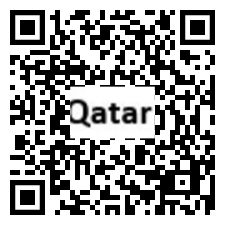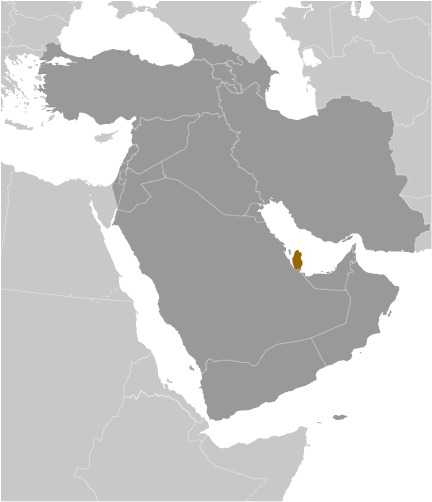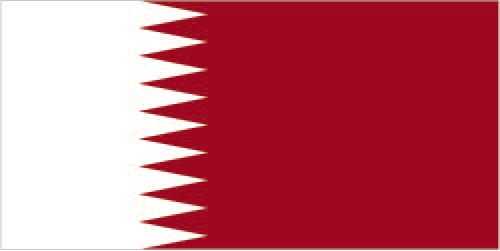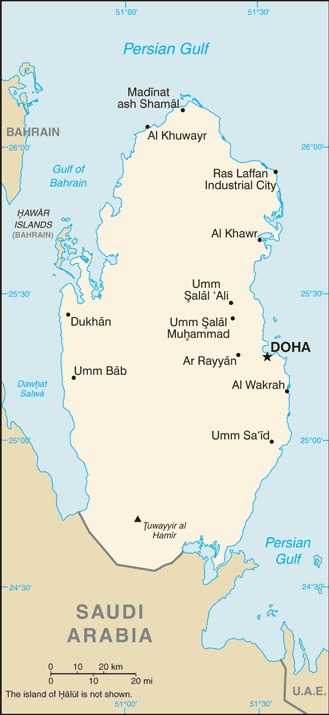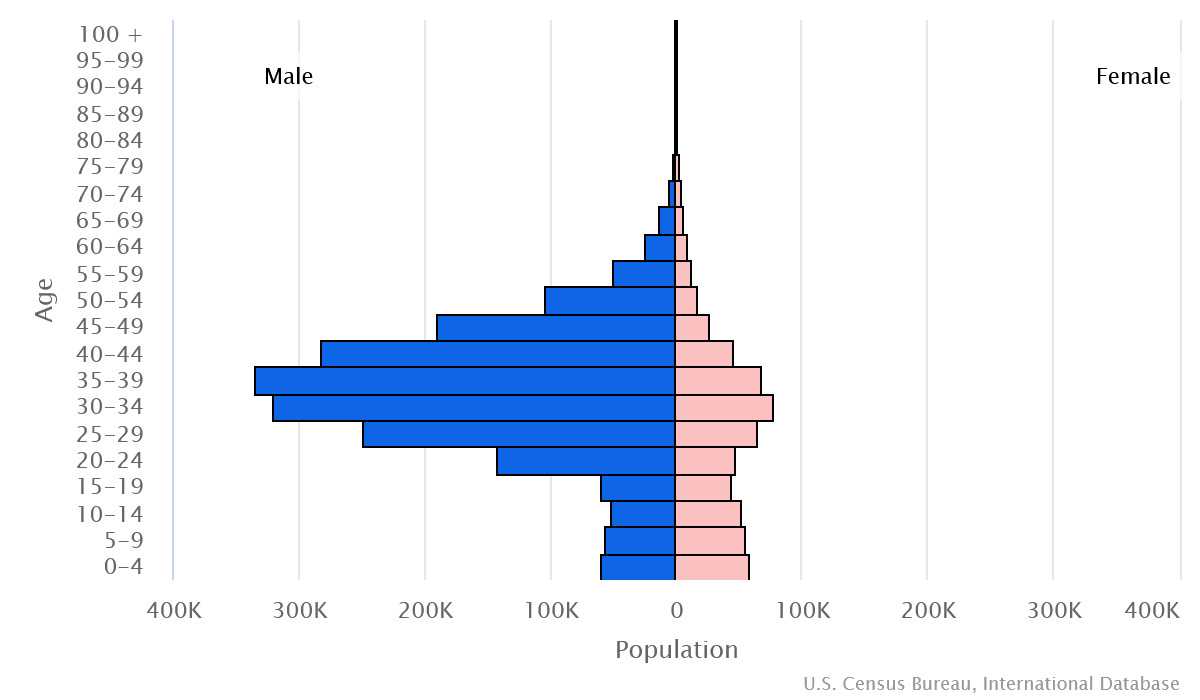Introduction
Background
Ruled by the Al Thani family since the mid-1800s, Qatar within the last 60 years transformed itself from a poor British protectorate noted mainly for pearling into an independent state with significant oil and natural gas revenues. Leadership changes in 1995 ushered in wide-sweeping political and media reforms, unprecedented economic investment, and a growing Qatari regional leadership role.
Geography
Area
total : 11,586 sq km
land: 11,586 sq km
water: 0 sq km
Climate
arid; mild, pleasant winters; very hot, humid summers
Natural resources
petroleum, fish, natural gas
People and Society
Population
total: 2,552,088
Ethnic groups
non-Qatari 88.4%, Qatari 11.6% (2015 est.)
Languages
Arabic (official), English commonly used as a second language
Religions
Muslim 65.2%, Christian 13.7%, Hindu 15.9%, Buddhist 3.8%, folk religion <0.1%, Jewish <0.1%, other <1%, unaffiliated <1% (2020 est.)
Population growth rate
0.71% (2024 est.)
Government
Government type
absolute monarchy
Capital
name: Doha
Executive branch
chief of state: Amir TAMIM bin Hamad Al Thani (since 25 June 2013)
head of government: Prime Minister and Foreign Minister MUHAMMAD bin Abd al-Rahman Al Thani (since 7 March 2023)
Legislative branch
description: unicameral Advisory Council or Majlis al-Shura (45 seats; 30 members directly elected by popular vote for 4-year re-electable terms; 15 members appointed by the monarch to serve until resignation or until relieved; note - legislative drafting authority rests with the Council of Ministers and is reviewed by the Advisory Council
Economy
Economic overview
high-income, oil-and-gas-based Middle Eastern economy; National Vision 2030 government strategy for economic development, diversification, favorable business conditions to grow investment and employment; infrastructure investments; Islamic finance leader; citizenship-based labor force growth
Real GDP (purchasing power parity)
$304.973 billion (2022 est.)
$292.655 billion (2021 est.)
$287.97 billion (2020 est.)
Real GDP per capita
$113,200 (2022 est.)
$108,900 (2021 est.)
$104,300 (2020 est.)
Agricultural products
tomatoes, dates, chicken, cucumbers/gherkins, camel milk, eggs, sheep milk, goat milk, pumpkins/squash, milk (2022)
Industries
liquefied natural gas, crude oil production and refining, ammonia, fertilizer, petrochemicals, steel reinforcing bars, cement, commercial ship repair
Exports
$128.726 billion (2023 est.)
$161.693 billion (2022 est.)
$105.549 billion (2021 est.)
Exports - partners
China 18%, India 15%, Japan 10%, South Korea 9%, UK 6% (2022)
Exports - commodities
natural gas, crude petroleum, refined petroleum, fertilizers, ethylene polymers (2022)
Imports
$72.174 billion (2023 est.)
$74.52 billion (2022 est.)
$61.204 billion (2021 est.)
Imports - partners
UAE 13%, China 11%, US 10%, UK 8%, India 5% (2022)
Imports - commodities
gas turbines, jewelry, cars, garments, aircraft (2022)
Exchange rates
Qatari rials (QAR) per US dollar -
Page last updated: Wednesday, July 24, 2024
